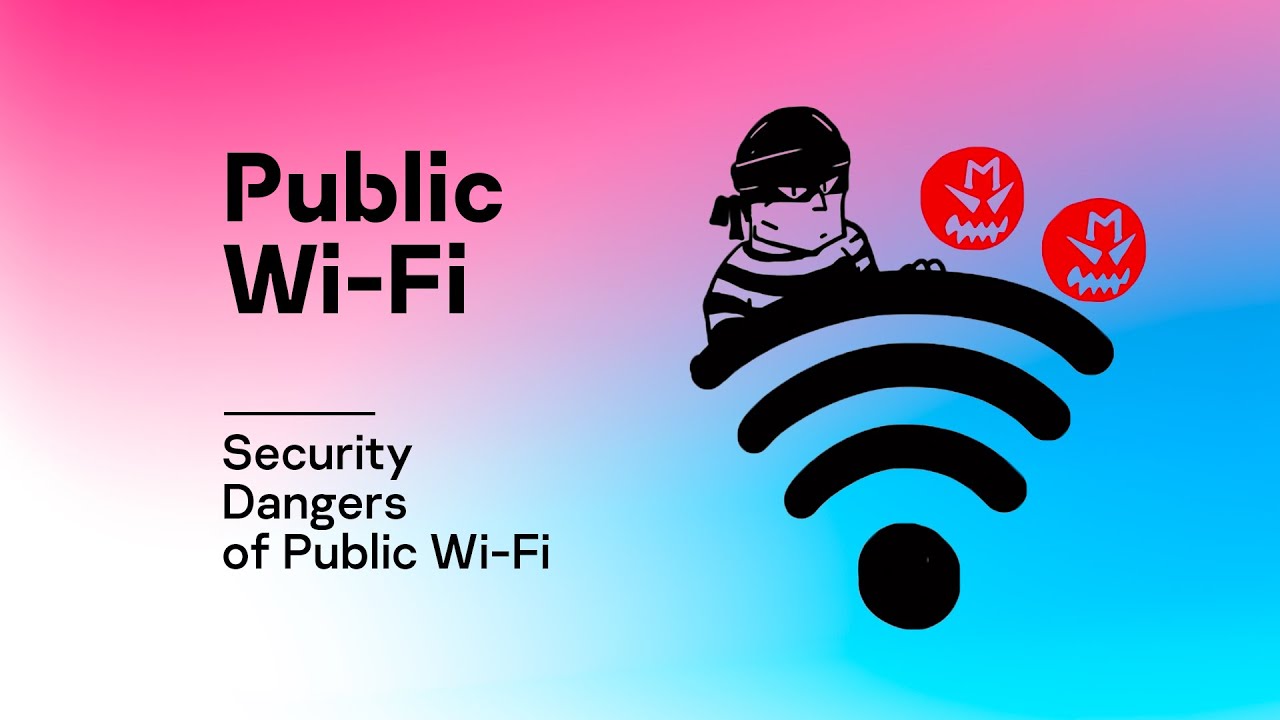Public Wi-Fi feels like a lifesaver when traveling, sitting at the airport, or working from a coffee shop. It keeps us connected without eating up mobile data. Yet behind the convenience lies a trap: open networks are notoriously insecure.
Every time you connect, your information is potentially visible to strangers with the right tools. Hackers don’t need to be highly skilled – many use simple software to intercept logins, emails, or even banking details.
The solution isn’t to stop using public Wi-Fi altogether. Instead, it’s about taking precautions that make your connection safe. A thoughtful mix of habits and tools – such as a secure VPN and cautious browsing – can protect you while letting you enjoy the convenience of open hotspots.
Key Points
- Public Wi-Fi is convenient but leaves you exposed without precautions.
- A VPN or private VPN keeps your data encrypted and hidden.
- Checking for HTTPS and disabling auto-connect prevents common attacks.
- Limiting sensitive activities reduces exposure on shared networks.
- Updates, firewalls, and two-factor authentication add vital layers of defense.
Why Public Wi-Fi Can Be a Trap
When you log into an open hotspot, it often feels just like home internet – smooth, familiar, and free. But unlike your home router, public access points are designed for ease, not security. Most cafés or airports don’t use strong encryption, and some don’t use any at all. That means anyone sharing the same connection could potentially see what you’re doing.
Attackers exploit this with methods like:
- Man-in-the-middle attacks, where they intercept data between you and the server.
- Fake hotspots, tricking devices into connecting automatically.
- Data sniffing tools, which scan unprotected traffic for valuable details.
The more you understand these risks, the easier it becomes to see why protective steps – like using a fast VPN – make a real difference.
The Importance of VPNs for Everyday Browsing
Perhaps the single most effective tool for securing your connection is a VPN. A secure VPN creates an encrypted tunnel between your device and the internet, ensuring that even if someone captures your traffic, it looks like scrambled nonsense.
When you install a VPN app on your phone or laptop, it hides your IP address and makes it difficult for third parties to trace your online activity. Travelers and professionals especially benefit, since they often rely on public hotspots for work or communication.
There are many choices out there – some offer a free VPN, while others are subscription-based. While free versions can be tempting, they often come with limitations on speed, servers, or security features. Investing in a private VPN service is usually worth it if you handle sensitive tasks online.
Look for HTTPS Every Time
Another essential habit is checking for the HTTPS prefix in website addresses. This tiny “S” indicates that the site encrypts your connection. Without it, information such as usernames or credit card details can be read in plain text if intercepted.
Modern browsers even flag insecure sites, but don’t rely only on warnings – make it second nature to glance at the address bar before logging in. While a VPN offers broad protection, combining it with HTTPS browsing gives you stronger defense against data theft.
Disable Automatic Connections
Devices often come with a “connect automatically” feature for known networks. While this makes sense at home, it becomes risky in public. Hackers can set up rogue hotspots named “Free_Airport_WiFi” or “CoffeeShop_WiFi,” and your device may connect without your consent.
By turning off auto-connect and approving each network manually, you reduce the chance of joining a fake hotspot. Pair this habit with using a secure VPN connection, and you close one of the simplest doors hackers exploit.
Keep Sensitive Tasks for Later
Public Wi-Fi should be treated as a casual convenience, not a safe workspace. Browsing news, streaming, or light communication is generally fine. But high-risk activities – like banking, shopping, or logging into company systems – should wait until you’re back on a trusted network or using a private VPN.
Even with a fast VPN in place, it’s still wise to limit what you expose. Think of it as managing risk: the fewer sensitive details you share on an open connection, the less valuable your data becomes to attackers.
Strengthen Accounts with Two-Factor Authentication
Even if your login is stolen, two-factor authentication can stop an attacker in their tracks. By requiring a second code – often sent via SMS or generated in an app – you’re adding a hurdle that most cybercriminals can’t bypass.
This simple step doesn’t require any extra software beyond your usual apps, but when combined with a VPN or free VPN service, it greatly lowers your chances of account hijacking.
Keep Devices Updated and Protected
Security flaws in outdated software are one of the easiest ways hackers get in. Updates patch these holes, but many people ignore them. Before connecting to public Wi-Fi, make sure:
- Your operating system is up-to-date.
- Browsers and key apps are running the latest versions.
- Firewalls and antivirus tools are active.
A secure VPN can’t protect you from everything if your device itself is vulnerable. Combining updated systems with encrypted browsing is the real key to staying safe.
Firewalls and File Sharing Settings Matter Too
Built-in firewalls act as a first barrier against malicious traffic. Most laptops and phones come with them enabled, but users often disable them out of convenience. Leaving them active while connected to public Wi-Fi makes it harder for attackers to gain access.
Similarly, file sharing, AirDrop, or peer-to-peer transfers should be turned off unless you’re intentionally using them. Leaving these open can expose your device to strangers. And if you must transfer files, doing it through a private VPN adds extra security.
Wrapping It All Up
Public Wi-Fi will always come with risks, but that doesn’t mean you need to avoid it entirely. A combination of VPNs, cautious browsing habits, and smart device settings can dramatically reduce your exposure. Whether you choose a free VPN for casual browsing or invest in a fast VPN for professional use, the point is to create a safety net that hackers can’t easily break.
Think of these tricks not as complicated technical chores, but as small daily habits. Check HTTPS. Turn off auto-connect. Keep devices updated. Use a secure VPN whenever possible. Each step builds a stronger shield.
By applying these strategies consistently, you can enjoy the convenience of public Wi-Fi without constantly worrying about who might be watching.







